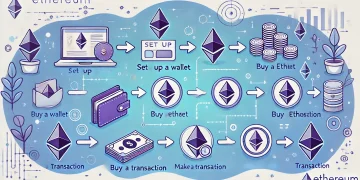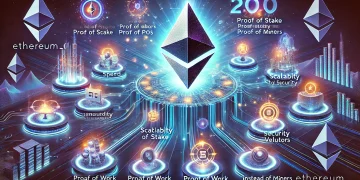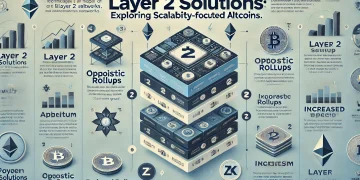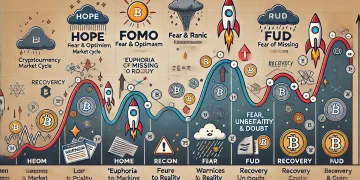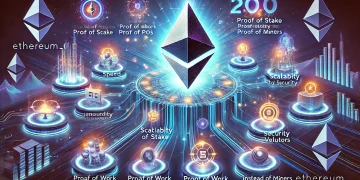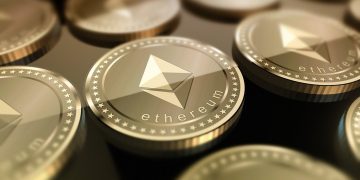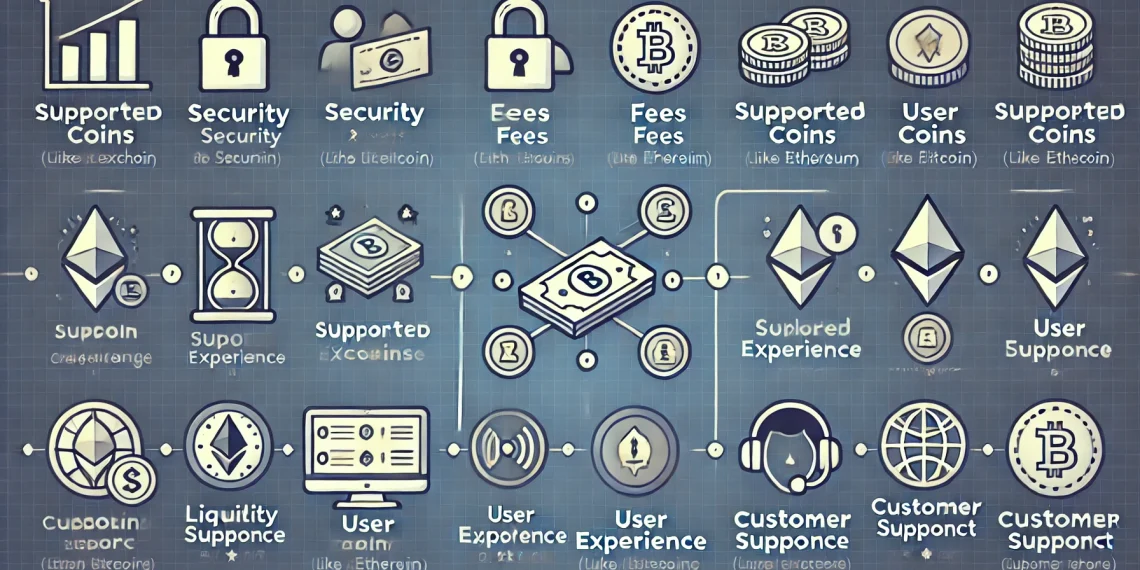Cryptocurrency has gained enormous popularity over the last decade, becoming a promising investment and trading option for many. But buying your first cryptocurrency can be intimidating if you don’t know where to start. In this comprehensive tutorial, we’ll walk you through the step-by-step process of purchasing your first digital asset, ensuring you have the confidence to enter the crypto market. Whether you’re eyeing Bitcoin, Ethereum, or another coin, this guide will set you on the right track.
1. Choose a Reliable Cryptocurrency Exchange
The first step is to find a trustworthy cryptocurrency exchange where you can buy your coins. Exchanges serve as online platforms that facilitate the buying, selling, and trading of cryptocurrencies.
Types of Exchanges:
- Centralized Exchanges (CEX): User-friendly and secure, but they hold custody of your funds. Examples include Binance, Coinbase, and Kraken.
- Decentralized Exchanges (DEX): These allow peer-to-peer trading without third-party control. Popular DEXs include Uniswap and PancakeSwap.
If you’re new to crypto, start with a centralized exchange for an easier experience. Coinbase is great for beginners because of its intuitive interface.
Tip: Ensure that the exchange operates in your country and complies with regulations.
2. Create an Account on the Exchange
After selecting your exchange, you’ll need to create an account. This process is usually straightforward but involves several security checks to protect against fraud.
Steps to Create an Account:
- Visit the exchange’s website or download their mobile app.
- Click on Sign Up and provide your email and password.
- Verify your email address by clicking on a link sent to your inbox.
- Set up two-factor authentication (2FA) for additional security.
Creating an account ensures that your identity and funds are protected while using the exchange.
3. Complete the KYC (Know Your Customer) Process
Many centralized exchanges require users to complete KYC verification before they can buy or trade cryptocurrencies. KYC is a legal requirement aimed at preventing money laundering and fraud.
What You’ll Need for KYC Verification:
- A government-issued ID (e.g., passport or driver’s license)
- Proof of address (e.g., utility bill or bank statement)
- Selfie or photo for identity confirmation
Verification usually takes anywhere from a few minutes to several hours. Without completing KYC, some features (like higher withdrawal limits) may not be available to you.
4. Fund Your Account
Once your account is verified, the next step is to deposit money into it. Exchanges typically offer multiple funding methods, including:
- Bank transfers: Reliable but may take a few days.
- Credit or debit cards: Fast but can carry higher fees.
- PayPal or other e-wallets: Available on select platforms.
- Cryptocurrency deposits: Useful if you already hold some crypto elsewhere.
Pro Tip: Be mindful of transaction fees. Some exchanges charge a small fee for deposits via credit cards, while others may have free options for bank transfers.
5. Select the Cryptocurrency You Want to Buy
Once your account is funded, it’s time to choose the cryptocurrency you want to purchase. Bitcoin (BTC) and Ethereum (ETH) are popular choices for beginners due to their strong track records and wide acceptance. However, many other options—called altcoins—are available.
- Bitcoin (BTC): Best for long-term investments and a stable entry point into the market.
- Ethereum (ETH): Ideal if you’re interested in smart contracts and decentralized finance (DeFi).
- Stablecoins (like USDT or USDC): Pegged to fiat currencies, offering price stability.
Make sure to research your chosen cryptocurrency’s purpose, market trends, and risks before buying.
6. Place Your First Order
Now that your account is funded, it’s time to make your first purchase. Exchanges offer different types of orders depending on your needs.
Common Order Types:
- Market Order: Buys the cryptocurrency instantly at the current market price.
- Limit Order: Sets a specific price at which you want to buy. The order will only execute if the price reaches your target.
- Recurring Buy: Some exchanges offer the option to schedule recurring purchases (e.g., weekly or monthly) to build your holdings gradually—this is known as dollar-cost averaging (DCA).
For your first purchase, a market order is the easiest option as it guarantees instant execution.
7. Store Your Cryptocurrency Safely
After your purchase, the exchange will store your cryptocurrency in its wallet by default. However, it’s good practice to move your crypto to a personal wallet to enhance security.
Types of Wallets:
- Hot Wallets: Mobile or desktop apps that remain connected to the internet, suitable for small holdings.
- Cold Wallets: Hardware wallets (like Ledger or Trezor) that store assets offline, ideal for long-term storage.
Important: Always back up your wallet’s recovery phrase. If lost, you won’t be able to recover your funds.
8. Learn How to Withdraw Your Crypto
If you plan to move your crypto to another wallet or exchange, you’ll need to learn how to withdraw it. This involves:
- Go to the Withdraw section of your exchange.
- Enter the recipient’s wallet address (double-check to avoid errors).
- Choose the amount you want to withdraw.
- Confirm and wait for the transaction to process.
Blockchain transactions are generally quick but can take longer during network congestion.
9. Monitor Your Investment
Cryptocurrency markets are volatile, meaning prices can change rapidly. It’s essential to monitor your investment and stay updated with market trends.
Tools for Monitoring:
- Price Tracking Apps: CoinGecko and CoinMarketCap provide real-time price data and news.
- Crypto News Websites: Follow platforms like CoinDesk or The Block to stay informed.
- Portfolio Apps: Tools like Blockfolio help you track your crypto holdings across multiple platforms.
Remember that crypto investments can fluctuate significantly, so it’s wise to have a clear strategy and avoid emotional decision-making.
10. Understand Tax Obligations
In many countries, buying, selling, and trading cryptocurrency is subject to taxation. You may need to report your crypto holdings and profits when filing your taxes.
Tax Scenarios:
- Capital Gains Tax: If you sell your crypto at a profit, you may owe capital gains tax.
- Income Tax: Some jurisdictions treat crypto staking rewards or mining profits as taxable income.
Make sure to keep records of all your transactions and consult with a tax professional if needed.
FAQs about Buying Cryptocurrency
1. Can I buy a fraction of a Bitcoin or Ethereum?
Yes! Cryptocurrencies are divisible. For example, you can buy 0.001 Bitcoin if you don’t want to purchase a whole coin.
2. Are crypto transactions reversible?
No, blockchain transactions are irreversible. Double-check the wallet address before confirming any transfer to avoid losing funds.
3. Which cryptocurrency is best for beginners?
Bitcoin (BTC) and Ethereum (ETH) are considered beginner-friendly due to their stability, adoption, and large user base.
4. Do I need to complete KYC for every exchange?
Most centralized exchanges require KYC, but decentralized exchanges (DEXs) usually don’t ask for identity verification.
5. What happens if the exchange I use gets hacked?
If an exchange gets hacked, you may lose your funds stored there. It’s recommended to transfer your crypto to a secure personal wallet for safekeeping.
6. Can I buy cryptocurrency anonymously?
Some DEXs allow anonymous transactions, but many countries now require KYC to comply with anti-money laundering regulations.
Buying your first cryptocurrency may feel overwhelming at first, but with the right steps, you can enter the market with confidence. From choosing a reliable exchange to safely storing your crypto, this guide covers everything you need to get started. As you grow more familiar with the crypto world, you’ll develop strategies that fit your financial goals. Remember to stay informed, secure your assets, and never invest more than you can afford to lose.



